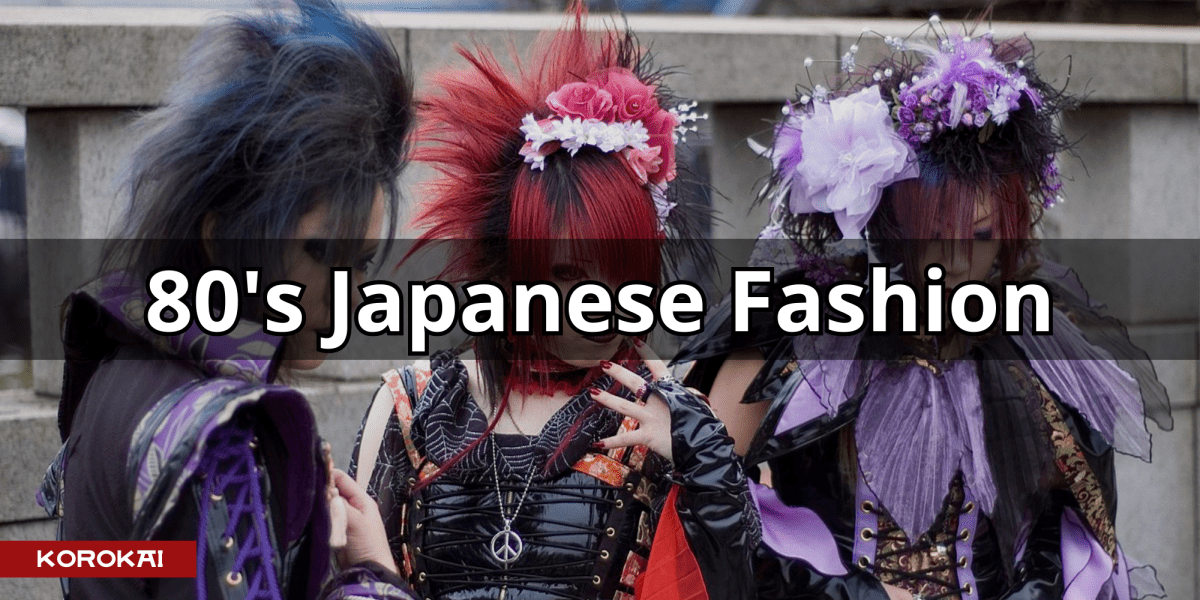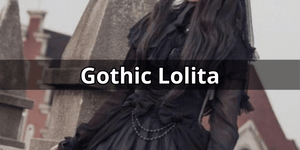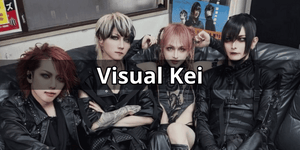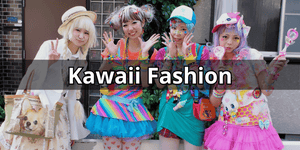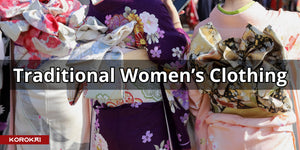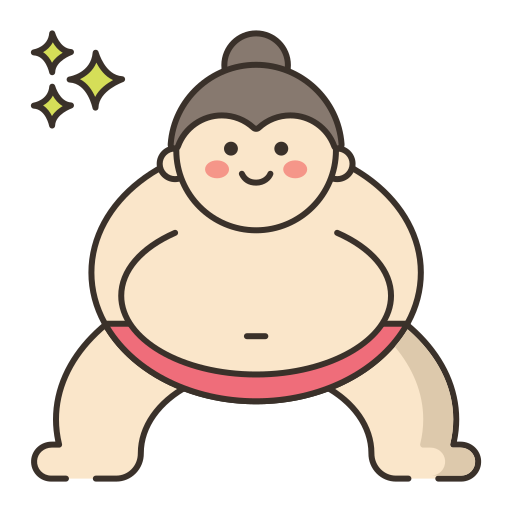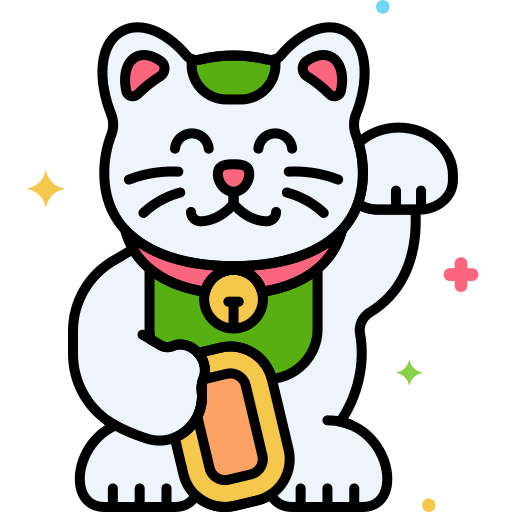Japanese fashion in the 1980s was an era of effervescent creativity and stylistic innovation. Japanese designers took the global fashion scene by storm, with brands such as Comme des Garçons, Yohji Yamamoto and Issey Miyake becoming household names. Popular culture has also greatly influenced Japanese youth in their styles, allowing them stylistic freedoms that had never been dared before. The opening up and economic boom of the 80's in Japan also played a big role in this variety of styles.
The Influences of The Time
Japanese fashion in the 1980s was characterized by a non-conformist attitude. Japanese youth used fashion as a way to express their individuality and their refusal to conform to social norms. The fashion styles of the 80s were influenced by subcultures such as punk, rock and hip-hop.
Punk was imported to Japan from England in the 1970s and quickly gained popularity among Japanese youth. Punk clothing, such as black leather jackets and ripped jeans, became key elements of Japanese fashion in the 1980s.
In addition, American hip-hop culture also influenced Japanese fashion in the 1980s. Sportswear, sneakers, hoodies were adopted by Japanese youth and became key elements of their wardrobe.
Finally, Japanese fashion in the 1980s was influenced by Japanese pop culture. Manga, anime and video games became very popular in Japan in the 80s, and characters from these media inspired bright patterns and colors that were incorporated into fashion apparel.
Gyaru: Japanese Style Outside The Norms

Gyaru style started to emerge in the late 80's, this style was mainly adopted by young Japanese girls and is characterized by a flashy look. The word "gyaru" comes from the English "gal" means "girl", which indicates the influence of Western pop culture in this style. Gyarus were distinguished by their artificial tans, bleached hairstyles, long, colorful nails and exaggerated makeup.
Clothing was also a key element of the gyaru style, with short skirts, leggings, high boots and bold accessories such as flashy jewelry. Gyaru style was considered a rejection of traditional Japanese beauty standards, which favored light skin and dark hair.
Visual Kei : Unique Style Linked to Music
This style is mainly associated with the Japanese rock and metal scene, although some J-Pop artists have also adopted this style. The word "Visual" in the term Visual Kei refers to the visual aesthetic of the style, which is characterized by extravagant clothing, makeup and accessories. Hairstyles are also a key element of the style, with bold haircuts and bright colors. The Visual Kei style has been popularized by music groups such as X Japan, Luna Sea and Malice Mizer.
In addition to visual aesthetics, music also plays an important role in the Visual Kei style. Visual Kei bands often incorporate elements of rock, pop and other musical genres to create their own unique sound. Lyrics are often in Japanese, but can also be in English or other languages.
Kawaii Fashion: The Love of Cute Things
Meaning "cute" in Japanese, the kawaii style is characterized by clothing and accessories that are often colorful and decorated with cute elements such as animals, fruits, flowers and hearts. The kawaii style is also associated with a cute and childlike lifestyle, with activities such as baking cupcakes or decorating in a cute way. Clothing such as skirts or high socks are very popular in this fashion.
The kawaii style has been popularized by Japanese fashion icons such as Kyary Pamyu Pamyu and fashion brands such as Hello Kitty and Sanrio. It has become a global phenomenon with significant influence on popular culture, fashion and design. The kawaii style has also inspired many artistic and cultural movements, including cosplay culture and manga and anime conventions.
Streetwear: The Beginning of The American Influence

The streetwear movement was introduced to Japan in the 1980s, mainly due to the influence of hip-hop culture and American rap music. The style was adopted by Japanese youth who were attracted to urban culture and casual fashion. American streetwear brands quickly found a place in the Japanese market and began collaborating with Japanese brands to create exclusive collections.
Japanese streetwear brands also emerged in the 1990s in response to the street fashion craze. These brands created designs that mixed traditional Japanese elements with streetwear elements, creating a unique style that reflected Japanese culture.
Oversize: A Big Change in Japanese Fashion

The oversize style had a major influence on Japanese fashion from the late 80s, a style also influenced by American culture. Japanese fashion brands started to produce clothes specifically for the oversize style. A fashion that was also highlighted by various magazines such as Men's Non-No and "POPEYE. Today, although the oversize style is not as dominant as it used to be, it continues to be an influence on Japanese fashion and remains popular among certain subcultures of Japanese fashion.
Conclusion
Japanese fashion in the 1980s was an exciting and innovative period for the Japanese fashion industry. This decade was marked by an explosion of creativity and self-expression, as well as a strong influence from Western pop culture. The fashion trends of this era encompassed a wide variety of styles, ranging from streetwear to eccentric and avant-garde looks.
Fashion subcultures such as gyaru, visual kei and kawaii emerged during this period, each with its own aesthetic and fan community. Influences from American pop culture, particularly hip-hop music and streetwear, also had a significant impact on Japanese fashion during this period.

